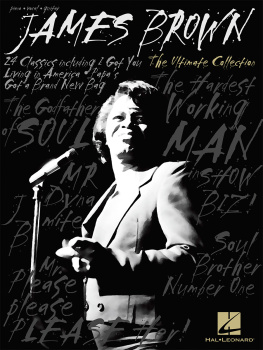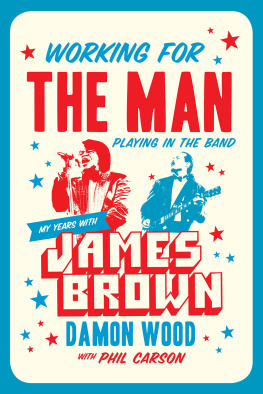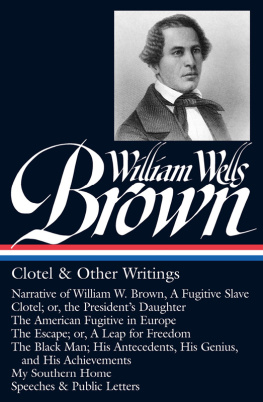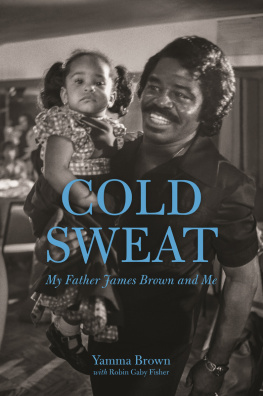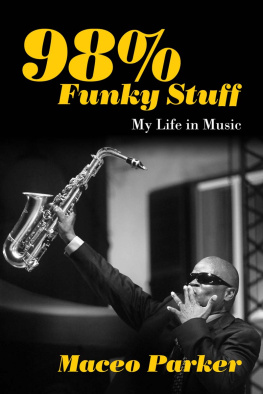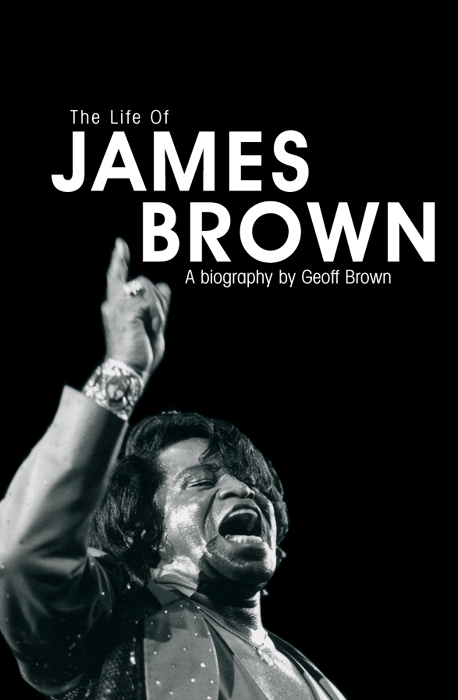
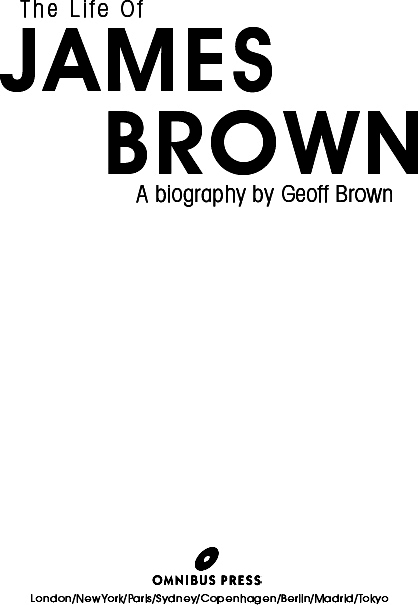
Copyright 1996 Omnibus Press
This edition 2009 Omnibus Press
(A Division of Music Sales Limited, 14-15 Berners Street, London, W1T 3LJ)
ISBN: 978-0-85712-032-8
The Author hereby asserts his/her right to be identified as the author of this work in accordance with Sections 77 to 78 of the Copyright, Designs and Patents Act 1988.
All rights reserved. No part of this book may be reproduced in any form or by any electronic or mechanical means, including information storage or retrieval systems, without permission in writing from the publisher, expect by a reviewer who may quote brief passages.
Every effort has been made to trace the copyright holders of the photographs in this book, but one or two were unreachable. We would be grateful if the photographers concerned would contact us.
A catalogue record for this book is available from the British Library.
Visit Omnibus Press on the web at www.omnibuspress.com
For all your musical needs including instruments, sheet music and accessories, visit www.musicroom.com
For on-demand sheet music straight to your home printer, visit www.sheetmusicdirect.com
Contents
Introduction
James Brown had always made much of the importance of Christmas. In the days leading up to the festive holidays it had become a tradition for him to hold annual toy giveaways for children in Augusta, Georgia, and his vast back catalogue of recordings included special Christmas albums and many seasonal singles releases such as Lets Make Christmas Mean Something This Year, Santa Claus Goes Straight To The Ghetto and Lets Unite The Whole World At Christmas. So there was something of the inevitable, and appropriate, about the sad and untimely death of the apparently inexhaustible, unstoppable and indestructible James Brown on Christmas Day, 2006. Not that he was fixin to die. Far from it, for the Hardest Working Man In Showbusinesss date sheet was indeed fully booked up until the following summer, and he had part recorded a new album. But the body that had been driven to its limits on stages the world over in the Fifties, Sixties and Seventies, and was in subsequent decades ravaged by an intake of drugs as he sought to deaden physical pain and escape his demons, had other ideas and finally called time on what had been one of the defining music careers of the post-war years.
Indeed, the first sentence of the introduction to the first edition of this book, published in 1996, noted that few artists had had a more profound effect on the course of African-American music since the Second World War than Brown. His influence had, in fact, been much wider, because the funk rhythms he established in the 1960s had been taken and adapted by white rock and pop acts and spread across Europe, Africa and to the Far East. He had become Universal James, as one of his much later, less essential albums was titled.
The pioneering arrangements devised by the singer and his groups in the period 1965-72 had added an entire new genre to African-American music, a genus already rich in history. Having propelled himself to the status of the biggest selling act in black America, and the rootsiest singer to make inroads into the white pop market, all without the assistance of a major record label, he invented the funk style from which Sly Stone and George Clinton evolved influential variants. By the trickle down effect of the boogaloo, his music acted as a signpost pointing large areas of Western popular music to the present day. Forty years on, many of the dance sounds in this new century are direct descendants of his most revolutionary styles.
During his 73 years Mr. Brown, as he preferred to be addressed, set down his autobiography twice. This book was written as an alternative view from a more objective standpoint, but certainly did not aim to do for him what Albert Goldmans texts did for Elvis Presley and John Lennon. In fact, this tome ought to have been written by Mr. Cliff White, unparalleled UK archivist and expert on the Godfather Of Soul. His sleevenotes to the 1991 four-CD box set Star Time had won for him and for each of his co-authors (Harry Weinger, Alan Leeds and Mr. Brown) a Grammy. But waist-deep in unpublished interviews, unheard tapes, unread cuttings and a waning enthusiasm for the book project, Mr. White passed on the mantle to me. Cliff had written for me when I edited a British magazine title, Black Music, and here was his chance for revenge.
First, some general impressions of Mr. Brown via Mr. White, who has a reasonably close personal knowledge as opposed to my meetings, which were on the more professional level of journalist/writer to interviewee. You did not need to spend too much time hanging around the James Brown camp or be in the company of the ever-expanding army of his ex-associates to be vouchsafed the information that he was a prickly and sometimes extremely unpleasant piece of work. This revelation was always qualified by a But.
Mr. White, shimmying around the fringes of the JB circus since 1973, several times witnessed Mr. Brown in explosive action: irrational, manipulative, divisive, vindictive, extraordinarily egocentric, perverse and forcefully intimidating, with a temper that could be heard, and felt, through a slammed door, along a corridor, around a corner, down a flight of stairs and bouncing off the walls of a far-away sanctuary where the next victim awaited a summons into the gladiatorial arena. If James Browns volatile temper was all that there was, well, we could close the book right now.
With rare understatement, Mr. Brown himself once said, Im not a violent man but I know how to be violent. He might better have admitted to being an ill-tempered, inveterate emotional and physical scrapper. When his needle zapped into the red zone, it was time to put up or shut up. He could be reckless and savage. A list of people physically assaulted by him would not be a short one, nor would it be restricted to the male of the species. He was just as liable to abuse his wives and girlfriends as he was to hurt his male colleagues and enemies, real or imagined.
There are a lot of glib theories that could be expounded about the profoundly underprivileged, dirt-poor, ill-educated, raggedy, short-ass black kid virtually fending for himself without too much love, comfort, parental guidance or proper home in the depths of the segregated South, and what it took him to survive, let alone become one of the most successful and significant black entertainers of the century. Draw your own conclusions from the facts. But, Mr. White adds, in the 29 years he knew Mr. Brown he was never met with anything less than courtesy and friendliness, and he even presumed friendship.
Most musicians who worked for Mr. Brown claim that he ripped off their musical ideas without proper acknowledgement or financial reward. Most everybody who worked for Mr. Brown either came to dislike him or simply got tired of being around him, but overlong familiarity in a working environment can do that to even-tempered souls, let alone what havoc it might wreak among sparky and creative temperaments living in each others pockets on the road. Some felt bitter, some even came to feel rather sorry for him. But despite everything, they retained an immense respect for what he achieved, even if they felt he only got there by riding on their backs.
So what exactly did James Brown achieve?
Although statistics can be inadequate arbiters, theyre a convenient starting point. In terms of American chart hits, James Brown was far and away the most successful African-American recording artist in the history of recorded entertainment. He was also well up there with the Elvis Presleys, Beatles and Bing Crosbys of the white pop world. Were not talking about global sales of individual records here, were talking persistent and consistent soul power, racking up those hits one after the other.
Next page


